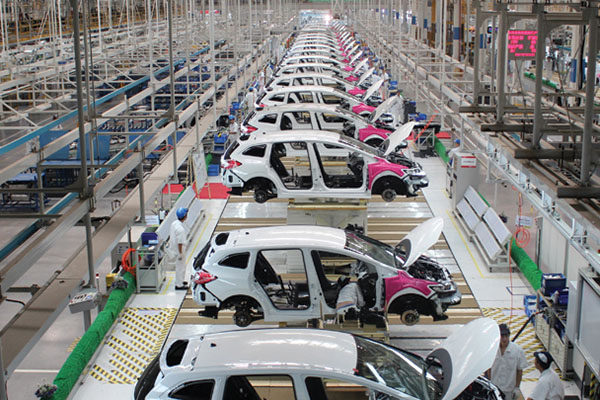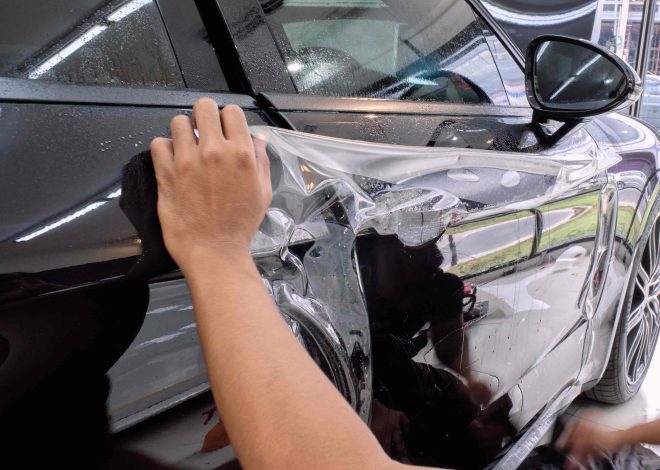
The Shift Towards Lightweight Materials in Auto Production: Benefits and Challenges
The automotive industry has been undergoing a dramatic shift towards lightweight materials in recent years. This trend has been driven by a variety of factors, including the need to reduce fuel consumption, improve performance, and meet stricter safety and environmental regulations. In this article, we will explore the benefits and challenges of this shift towards lightweight materials in auto production.
Benefits of Lightweight Materials in Auto Production

- Improved Fuel Efficiency: One of the most significant benefits of using lightweight materials in auto production is improved fuel efficiency. This is because lighter vehicles require less energy to move, resulting in lower fuel consumption and reduced emissions.
- Better Performance: Lightweight materials can also improve a vehicle’s performance in several ways. For example, they can improve acceleration, handling, and braking, resulting in a more enjoyable driving experience.
- Increased Safety: Lightweight materials can also improve a vehicle’s safety by reducing the risk of injury in the event of a crash. This is because lighter vehicles can absorb more energy during a collision, reducing the impact on passengers.
- Environmental Benefits: The use of lightweight materials in auto production can also have environmental benefits. For example, they can reduce the amount of energy required to manufacture and transport vehicles, resulting in lower greenhouse gas emissions.
Challenges of Lightweight Materials in Auto Production
- Cost: One of the most significant challenges of using lightweight materials in auto production is cost. Lightweight materials such as carbon fiber and aluminum are more expensive than traditional materials such as steel and iron, making them less accessible for many consumers.
- Durability: Lightweight materials may also be less durable than traditional materials, making them more susceptible to damage from impacts and wear and tear over time.
- Repairability: Lightweight materials can also be more challenging to repair than traditional materials, requiring specialized knowledge and equipment.
- Recycling: The recycling of lightweight materials can also be more challenging than traditional materials, as they may require specialized processes or facilities.
Conclusion
The shift towards lightweight materials in auto production has many benefits, including improved fuel efficiency, better performance, increased safety, and environmental benefits. However, there are also significant challenges to overcome, including cost, durability, repairability, and recycling. As the automotive industry continues to evolve, it will be essential to find ways to balance these benefits and challenges to create a more sustainable and efficient future for transportation.




